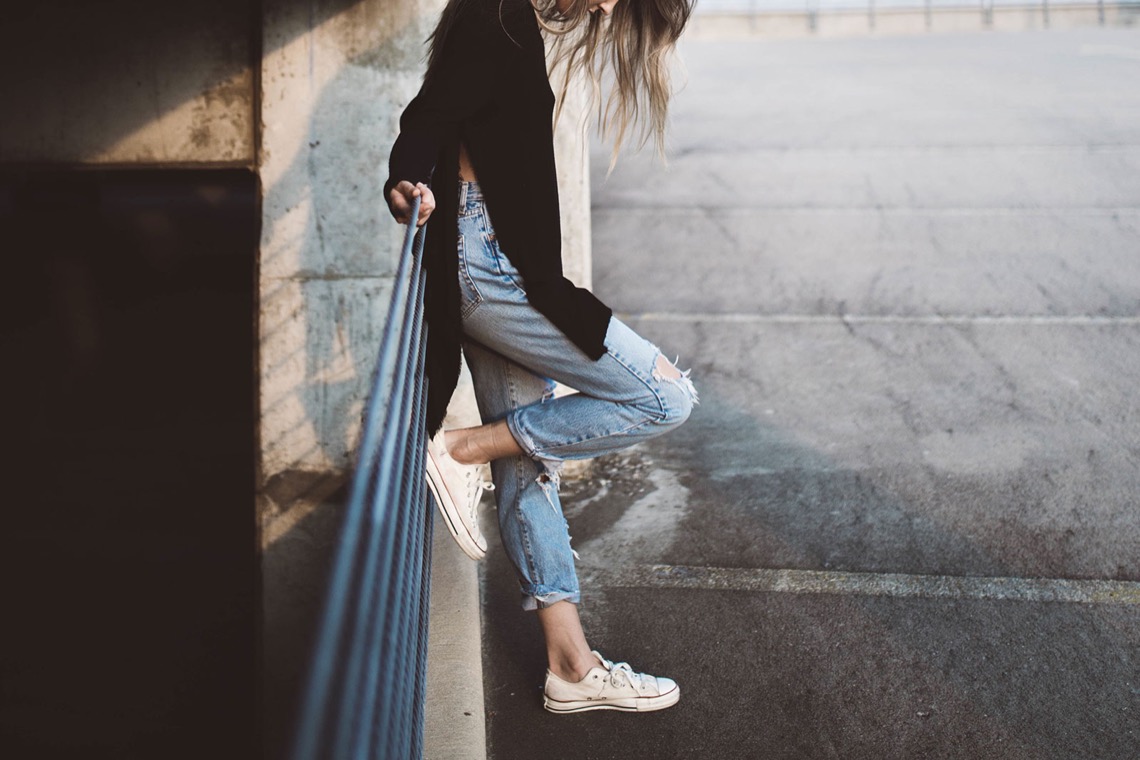Unlocking the Secrets of Fashion Pass: Exploring the Influence of Past Eras
Introduction
Fashion has always been a reflection of our society and a testament to our culture. Throughout history, different eras have left a lasting impact on the fashion industry, shaping the way we dress and express ourselves. Understanding the influence of past eras can provide valuable insights into today’s fashion trends and help us appreciate the historical significance of certain styles. In this article, we will unlock the secrets of Fashion Pass and explore how each era has contributed to the ever-evolving world of fashion.
The Victorian Era: Elegance and Restriction
During the Victorian era (1837-1901), fashion was characterized by opulence, elegance, and an emphasis on modesty. Women wore corsets, large crinoline skirts, and intricate bonnets, symbolizing high social status and femininity. Men, on the other hand, sported tailored suits, top hats, and well-groomed facial hair. This era significantly influenced the concept of femininity in fashion, with elements like long dresses, lace, and frills still being incorporated into modern designs.
The Roaring Twenties: Liberation and Flapper Fashion
In contrast to the restricted and structured fashion of the Victorian era, the 1920s brought forth a sense of liberation and rebellion. The iconic flapper fashion emerged, characterized by short bobbed hair, dropped waistlines, and loose-fitting dresses. This era symbolized the newfound freedom and independence of women who were breaking away from traditional gender roles. The impact of the Roaring Twenties can still be seen today in the form of modern-day cocktail dresses, opulent accessories, and rebellious fashion statements.
The Swinging Sixties: Youth Culture and Mod Fashion
The 1960s witnessed a cultural revolution that shifted the focus of fashion towards the youth. The era was marked by the rise of mod fashion, characterized by vibrant colors, bold patterns, and short hemlines. Icons like Twiggy and Edie Sedgwick defined the fashion scene, embracing mini skirts, shift dresses, and knee-high boots. The influence of the Swinging Sixties can still be seen in contemporary fashion with its emphasis on individuality, experimentation, and breaking away from traditional conventions.
The Glamorous Eighties: Power Dressing and Excess
The 1980s brought an era of excess and power dressing. Women’s fashion became bold, assertive, and glamorous, heavily influenced by celebrities like Madonna and Princess Diana. Oversized blazers with padded shoulders, vibrant colors, and excessive accessories were the norms of the decade. The 80s left a lasting impact on our fashion sensibilities and even today, elements like shoulder pads, neon colors, and statement jewelry are periodically revisited as a tribute to this iconic era.
The Nineties: Casual Chic and Grunge
The 1990s stands as an era of contrasting fashion trends. On one hand, casual chic styles like mom jeans, oversized flannel shirts, and slip dresses gained popularity. On the other hand, grunge fashion emerged as a rebellious response to mainstream culture. Influenced by music genres like alternative rock, grunge fashion showcased ripped t-shirts, combat boots, and layered outfits. The lasting legacy of the 90s can be seen in the resurgence of these trends in recent years, particularly in streetwear and the concept of “normcore.”
Conclusion
Exploring the influence of past eras unveils the rich heritage behind modern fashion. Each era brought its own unique styles and influences, shaping the way we dress and express ourselves. Whether it’s the elegance of the Victorian era or the rebelliousness of the Roaring Twenties, fashion continues to evolve as a reflection of our ever-changing society. By understanding the secrets of Fashion Pass, we can gain a deeper appreciation for the diverse influences that have shaped the fashion industry, and perhaps even find inspiration for our own personal style.
FAQs
Q: How does understanding the influence of past eras help in the fashion industry?
Understanding the influence of past eras provides fashion designers, stylists, and enthusiasts with valuable insights into the evolution of fashion. It helps in designing new collections, incorporating vintage elements into modern designs, and appreciating the historical significance behind certain fashion styles.
Q: Can you give more examples of how past eras have influenced present-day fashion?
Certain popular fashion trends today, such as high-waisted jeans, off-the-shoulder tops, and platform shoes, can be traced back to past eras. The 70s influenced the bohemian trend, the 90s grunge fashion made a significant comeback, and the 60s mod fashion continues to inspire designers today.
Q: Are there any specific fashion eras that are currently gaining popularity?
Currently, there is a resurgence of interest in 90s fashion, with many of the iconic trends from that era making a comeback. Additionally, there is also a growing fascination with the fashion of the 70s, particularly the bohemian and disco styles.



